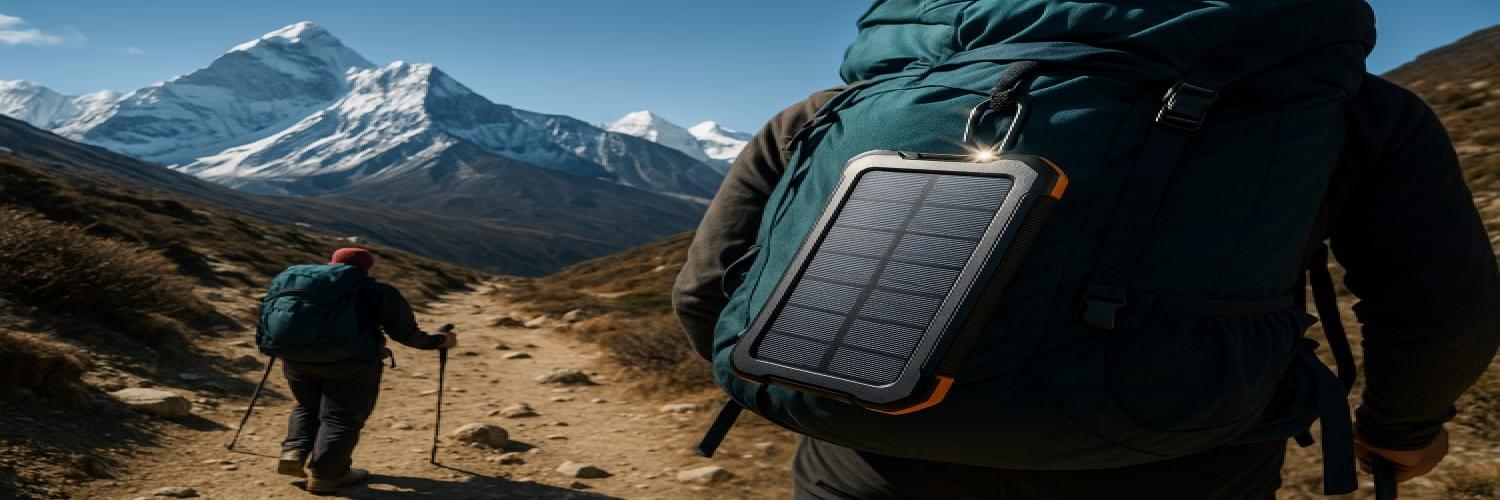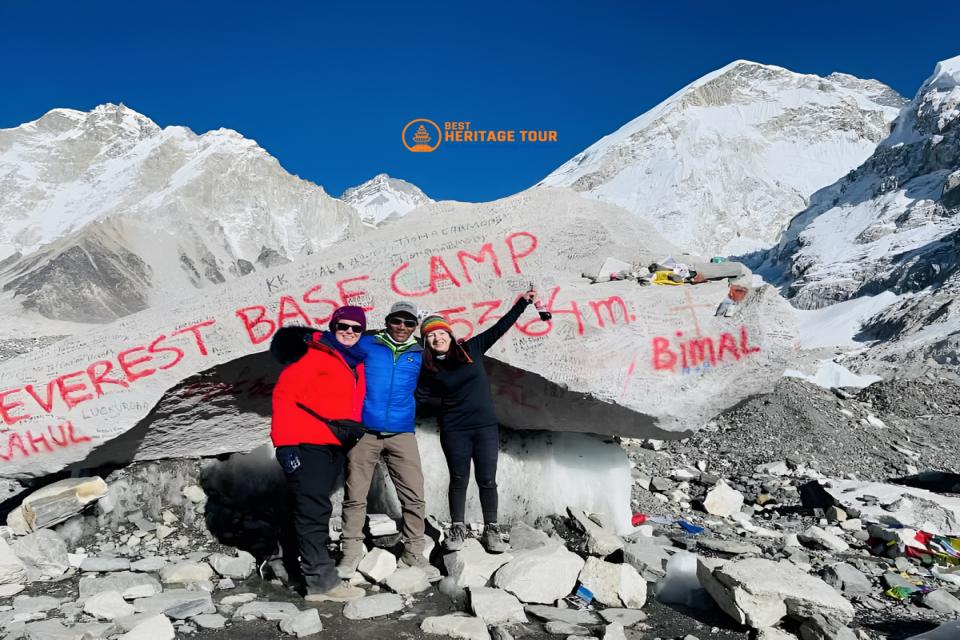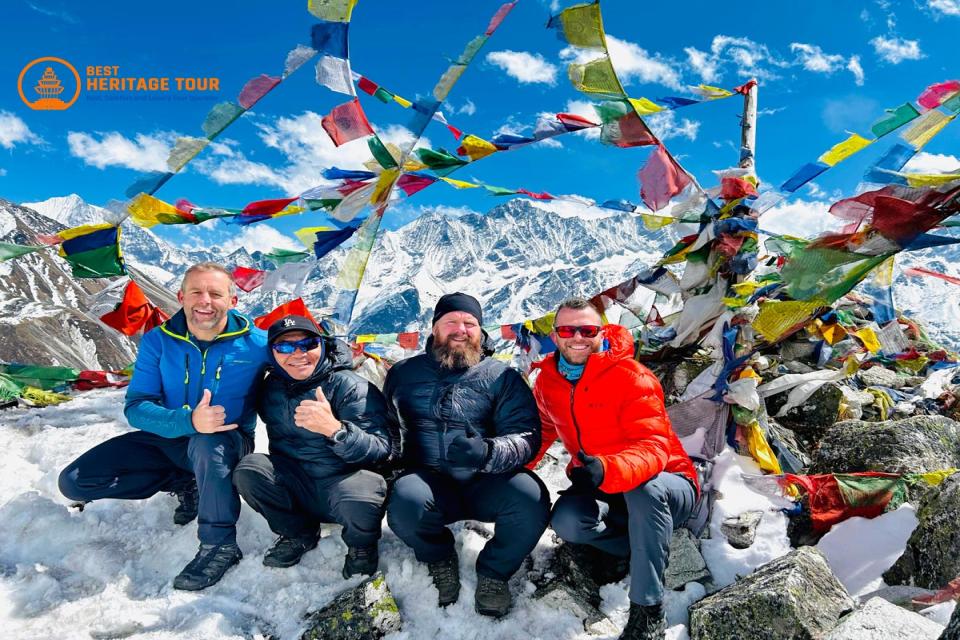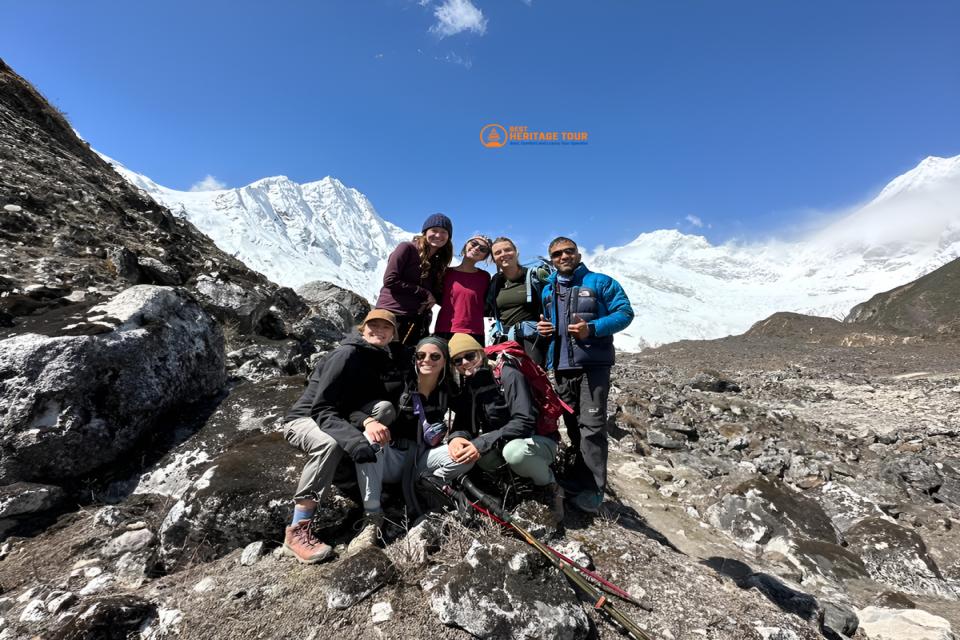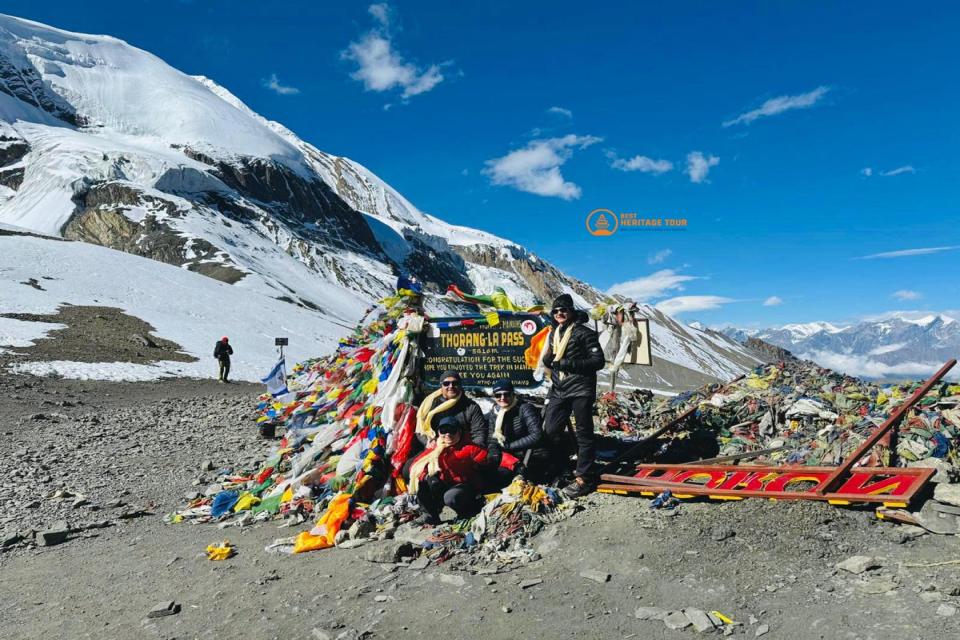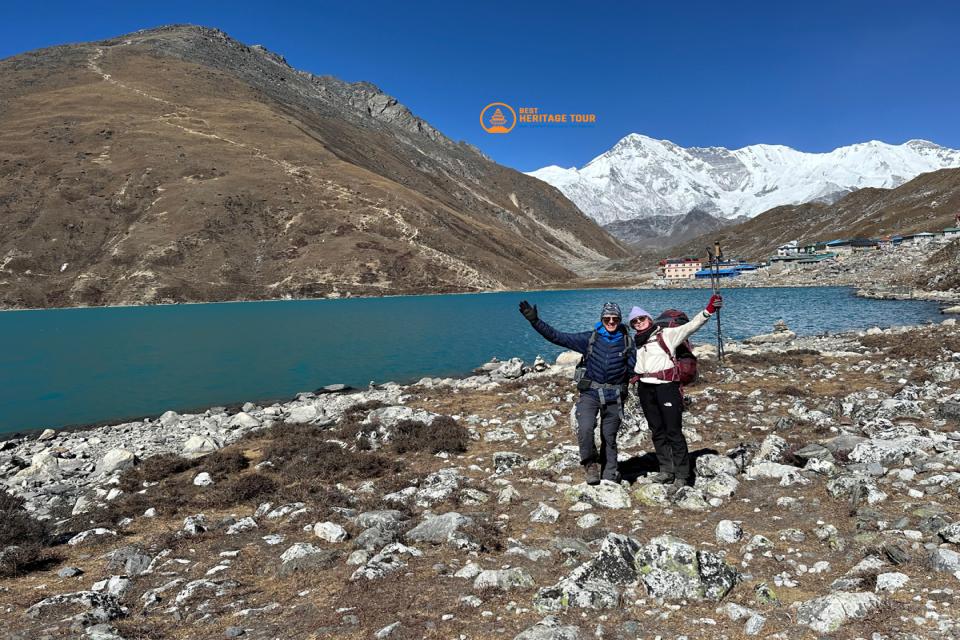When you’re trekking through rugged Himalayan trails or exploring remote mountain passes, one thing quickly becomes clear - staying connected is no longer a luxury but a necessity. Whether you need your phone for navigation, your camera for breathtaking shots, or your GPS device for safety, battery life becomes your lifeline. This is where solar power banks with USB-C come into play.
Unlike traditional power banks, solar power banks harness the energy of the sun, making them incredibly useful in remote trekking regions where electricity is scarce. Add in USB-C compatibility - the gold standard for fast, universal charging - and you have the ultimate travel companion for trekkers, travelers, and explorers.
In this detailed guide, we’ll explore why solar power banks are essential for trekking, what features to look for, the best models available, and how they can enhance your trekking experience in Nepal and beyond.
Why Solar Power Banks are Essential for Trekking
When you’re trekking in the Himalayas, Andes, Alps, or even wilderness trails closer to home, electricity isn’t always accessible. Guesthouses in remote villages may charge high fees for power use, and sometimes electricity is rationed or limited to certain hours.
Here’s why carrying a solar power bank makes sense for every trekker:
-
Energy Independence: Harness sunlight, available almost everywhere in high-altitude trekking routes.
-
Reliability: No more worrying about running out of power mid-trek.
-
Safety: Keep GPS, satellite phones, and emergency devices powered.
-
Eco-Friendly: Reduce dependence on disposable batteries and fossil-fuel-powered charging.
-
Cost-Effective: Save money by avoiding paid charging stations in teahouses.
For trekkers heading to Nepal’s iconic trails - such as Everest Base Camp, Annapurna Circuit, or Langtang Valley - solar power banks can be the difference between convenience and unnecessary stress.
What to Look for in a Trekking Solar Power Bank with USB-C
Not all solar power banks are created equal. For trekking, you need more than just a basic charger - you need a rugged, reliable, and efficient device. Here are the key features to consider:
1. Battery Capacity (mAh)
Measured in milliampere-hours, battery capacity indicates how many times the power bank can charge your devices. A 20,000mAh solar power bank can typically charge a smartphone 4-6 times.
2. USB-C Fast Charging
USB-C is now the universal charging standard. It allows faster charging for both the power bank itself and your devices. Look for Power Delivery (PD) technology for optimal efficiency.
3. Solar Charging Efficiency
The efficiency of solar panels matters, especially at high altitudes. Choose power banks with high-efficiency solar panels that can capture energy even in weaker sunlight.
4. Durability & Waterproofing
Treks can be rough - rain, snow, dust, and impact are all part of the adventure. Go for rugged, waterproof, and dustproof (IP65 or higher) models.
5. Weight & Portability
Every gram counts when you’re trekking. A lightweight, compact design ensures convenience without compromising performance.
6. Multiple Ports
Look for models with USB-C, USB-A, and even wireless charging to cover all your gadgets.
7. Extra Features
-
Built-in flashlight for camping.
-
Compass for navigation.
-
Carabiner for easy backpack attachment.
Benefits of Solar Power Banks for Trekkers
Choosing a solar power bank with USB-C for trekking isn’t just about charging - it’s about enhancing the whole trekking experience.
-
Peace of Mind: Never worry about being disconnected.
-
Eco-Friendly Adventure: Sustainable travel without leaving a carbon footprint.
-
Resilience in Remote Regions: High-altitude treks in Nepal often face power shortages - solar charging fills the gap.
-
Multi-Device Compatibility: Cameras, drones, smartphones, GoPros - all powered on the go.
-
Improved Safety: Reliable communication means faster access to help in emergencies.
Best Solar Power Banks with USB-C for Trekking (2025 Guide)
Here’s a curated list of the best solar power banks with USB-C, perfect for trekkers, travelers, and outdoor adventurers.
1. BigBlue Solar Charger 28W with USB-C
-
Capacity: 28W solar panel
-
Highlights: Foldable, ultra-lightweight, waterproof.
-
Pros: High solar efficiency, durable design.
-
Cons: Requires sunlight, doesn’t store power itself.
2. Anker PowerCore Solar 20,000mAh USB-C PD
-
Capacity: 20,000mAh
-
Highlights: Rugged, IP65 waterproof, USB-C fast charging.
-
Pros: Reliable brand, dual charging modes.
-
Cons: Slightly heavier for minimalist trekkers.
3. Goal Zero Nomad 10 + Venture 30 Kit
-
Capacity: 30Wh power bank + 10W panel
-
Highlights: Modular design, highly durable.
-
Pros: Professional-grade trekking gear.
-
Cons: Higher price point.
4. Nekteck 20W Solar Charger with USB-C
-
Capacity: 20W panel + 10,000mAh bank
-
Highlights: Compact, affordable, efficient.
-
Pros: Great value, fast USB-C charging.
-
Cons: Slower charging in cloudy conditions.
5. Hiluckey 25,000mAh Solar Charger
-
Capacity: 25,000mAh
-
Highlights: 4 foldable solar panels, USB-C fast charging.
-
Pros: High capacity, can charge multiple devices.
-
Cons: Bulkier than smaller models.
6. RAVPower Solar Power Bank 20,000mAh USB-C PD
-
Capacity: 20,000mAh
-
Highlights: High solar efficiency, shockproof.
-
Pros: Well-balanced between weight and capacity.
-
Cons: Solar charging is supplementary - best when pre-charged.
7. QiSa 38,800mAh Solar Charger with USB-C
-
Capacity: Massive 38,800mAh
-
Highlights: Wireless charging, waterproof, LED flashlight.
-
Pros: Great for long expeditions.
-
Cons: Heavier than average.
8. Blavor 20,000mAh Solar Power Bank with USB-C
-
Capacity: 20,000mAh
-
Highlights: Wireless charging, built-in compass, flashlight.
-
Pros: Multi-functional for trekkers.
-
Cons: Solar recharge takes longer.
Tips for Using Solar Power Banks Effectively During Treks
Even the best solar charger can underperform if not used wisely. Here are some practical tips:
-
Pre-Charge Before the Trek: Always start with a fully charged bank.
-
Expose Panels While Hiking: Clip foldable panels to your backpack for continuous charging.
-
Use Energy-Efficient Settings: Put phones in battery-saver mode.
-
Prioritize Essential Devices: Keep GPS, phones, and cameras first.
-
Avoid Extreme Cold Storage: Cold drains battery efficiency - keep it inside your sleeping bag at night.
-
Check Sunlight Angles: Direct exposure boosts charging speed.
Why USB-C Solar Power Banks Are a Game Changer
Older USB ports (Micro-USB, USB-A) are slower and less reliable. USB-C offers:
-
Universal Compatibility: Works with almost all modern devices.
-
Fast Charging: Cuts charging time by nearly 50%.
-
Reversible Design: No fumbling with plug orientation.
-
Future-Proof: More and more trekking gadgets are USB-C enabled.
For modern trekkers who rely on multiple gadgets, USB-C solar power banks are simply non-negotiable.
How Power Security Enhances Your Trekking Experience
Imagine trekking to Everest Base Camp or crossing the Annapurna Circuit with no fear of running out of battery. With a solar power bank, you can:
-
Capture breathtaking landscapes without worrying about your camera dying.
-
Use navigation apps confidently on unfamiliar trails.
-
Stay connected with family and guides.
-
Use trekking apps for altitude, distance, and route planning.
-
Ensure safety in emergencies through constant device availability.
In short, a solar power bank is more than a gadget - it’s a trekking necessity.
Final Thoughts
Choosing the best solar power bank with USB-C for trekking ensures that your journey remains stress-free, safe, and enjoyable. With rugged durability, eco-friendly energy, and fast charging, these devices empower trekkers to focus on what truly matters - the adventure itself.
If you’re planning a trek in Nepal - whether it’s Everest Base Camp, Annapurna Circuit, or off-the-beaten-path adventures - Best Heritage Tour is here to make it unforgettable. From expert guides to personalized trekking experiences, we ensure you travel prepared, safe, and inspired.
Contact Best Heritage Tour for Trekking:
Phone: +977-9851149197 / +977-9810043046
Email: info@bestheritagetour.com | bestheritagetour@gmail.com
Booking/Info: www.bestheritagetour.com
Office Location: Thamel Marg, Kathmandu, Nepal
Embark on your trekking adventure fully powered - with the right solar power bank and the best trekking company by your side.
Author: Best Heritage Tour
Date: 21st August, 2025

